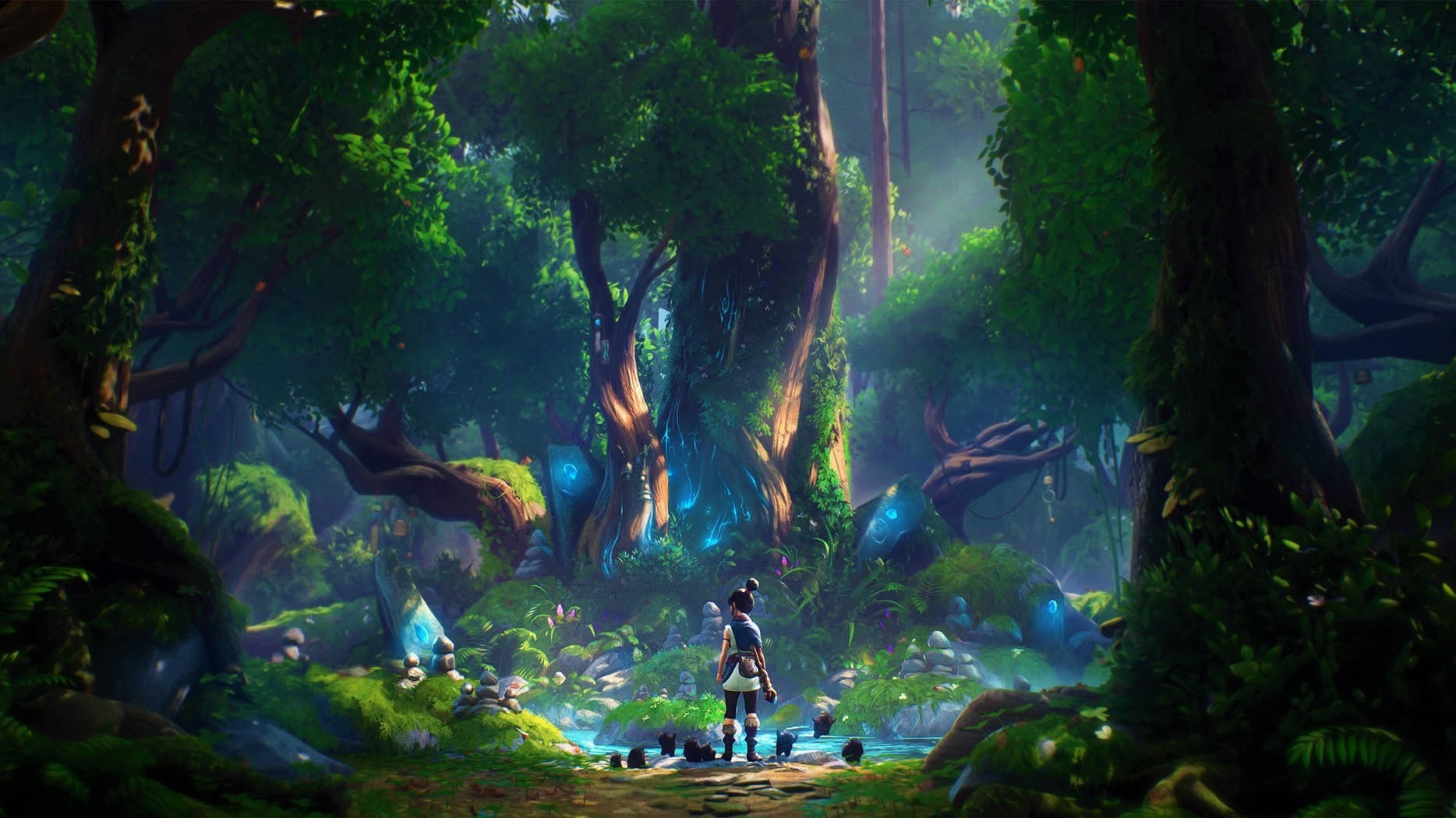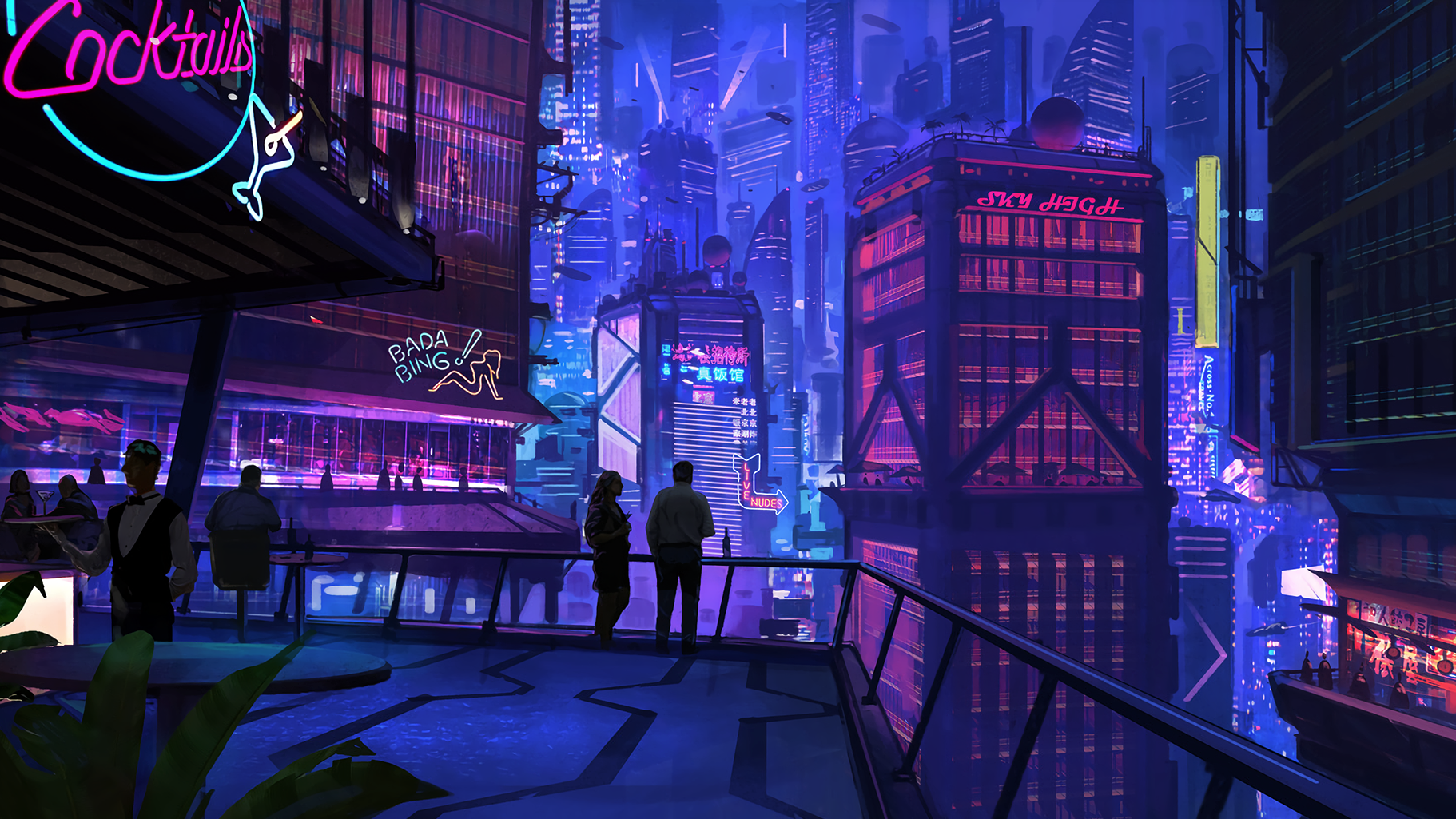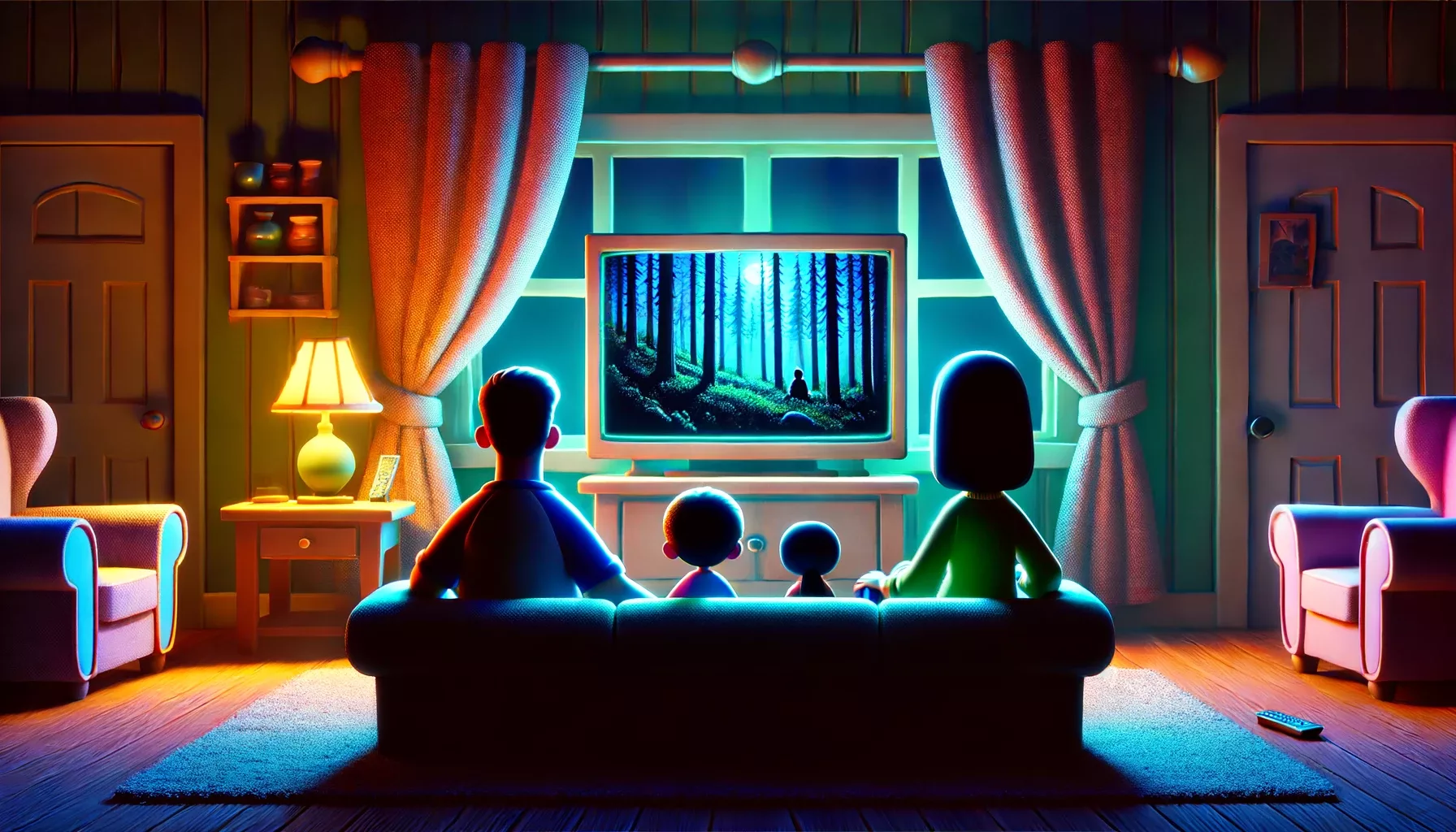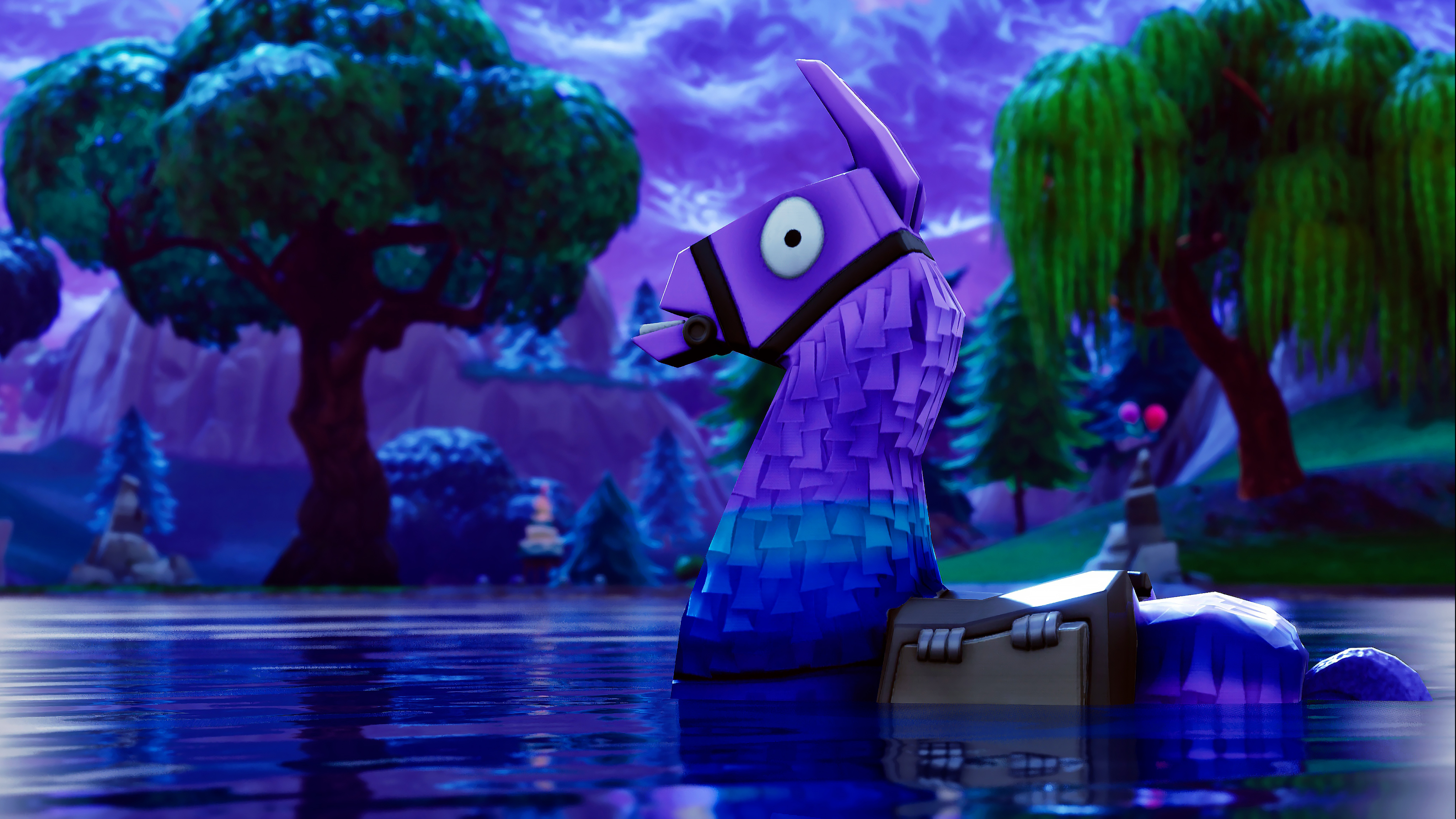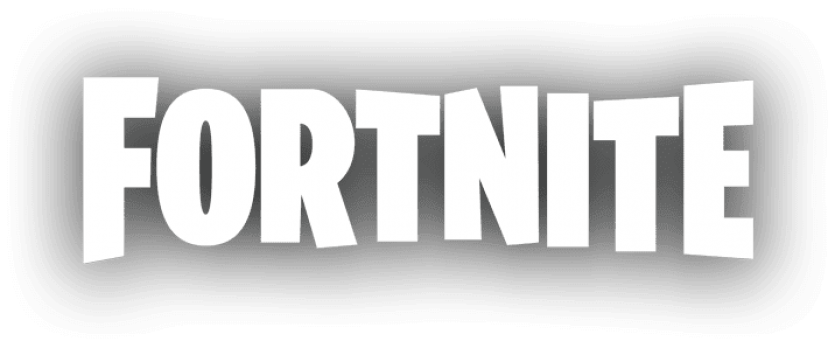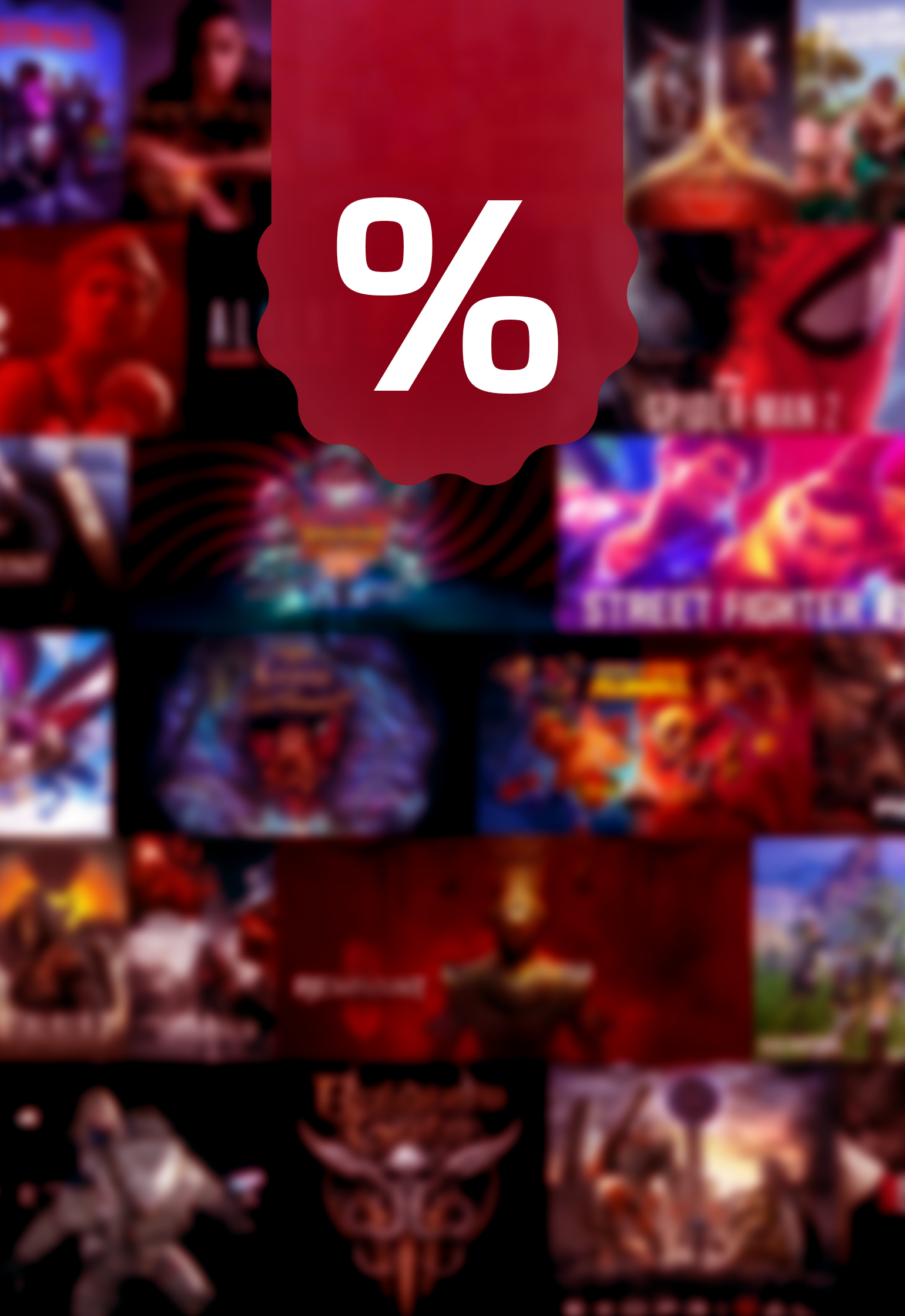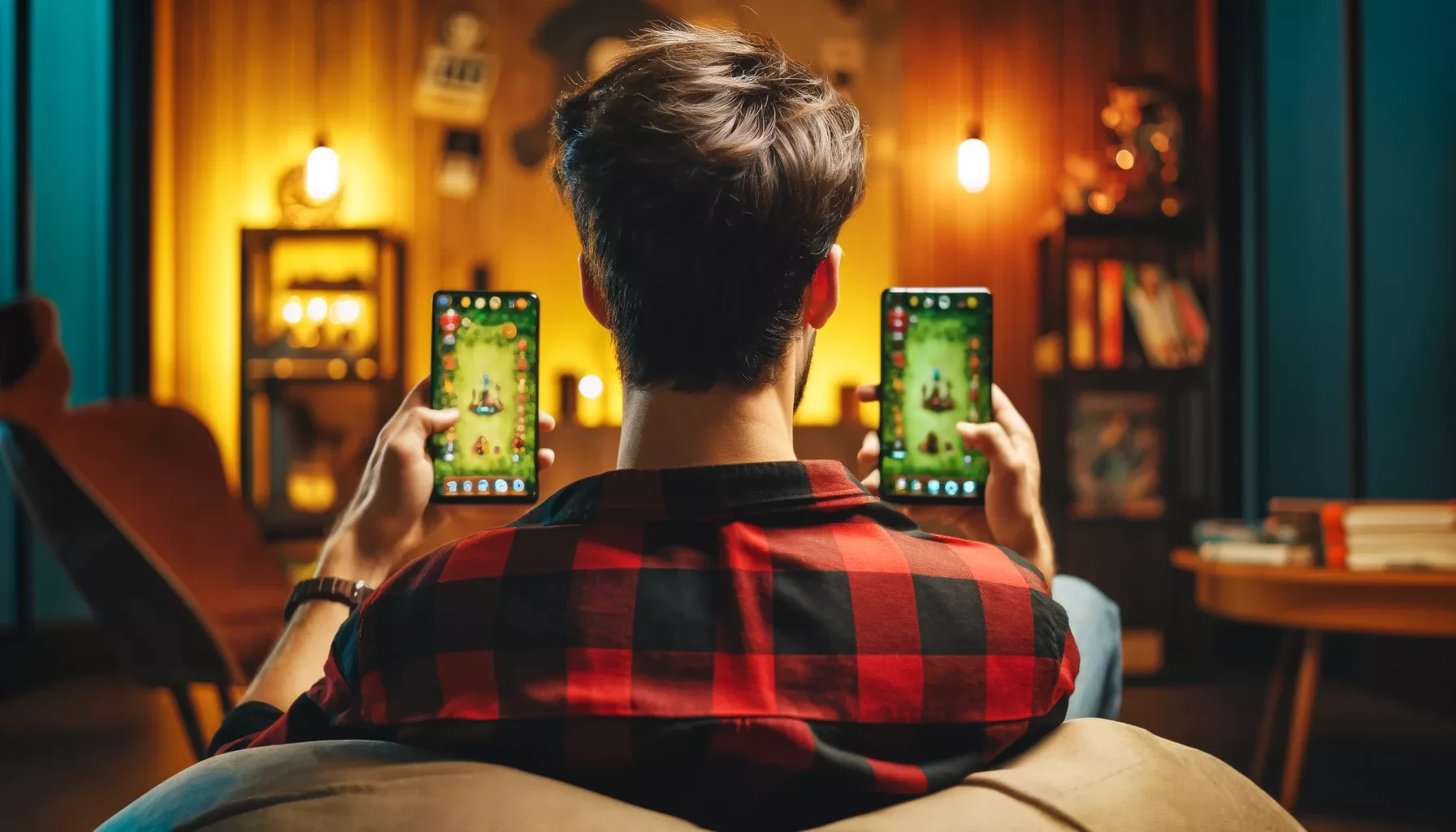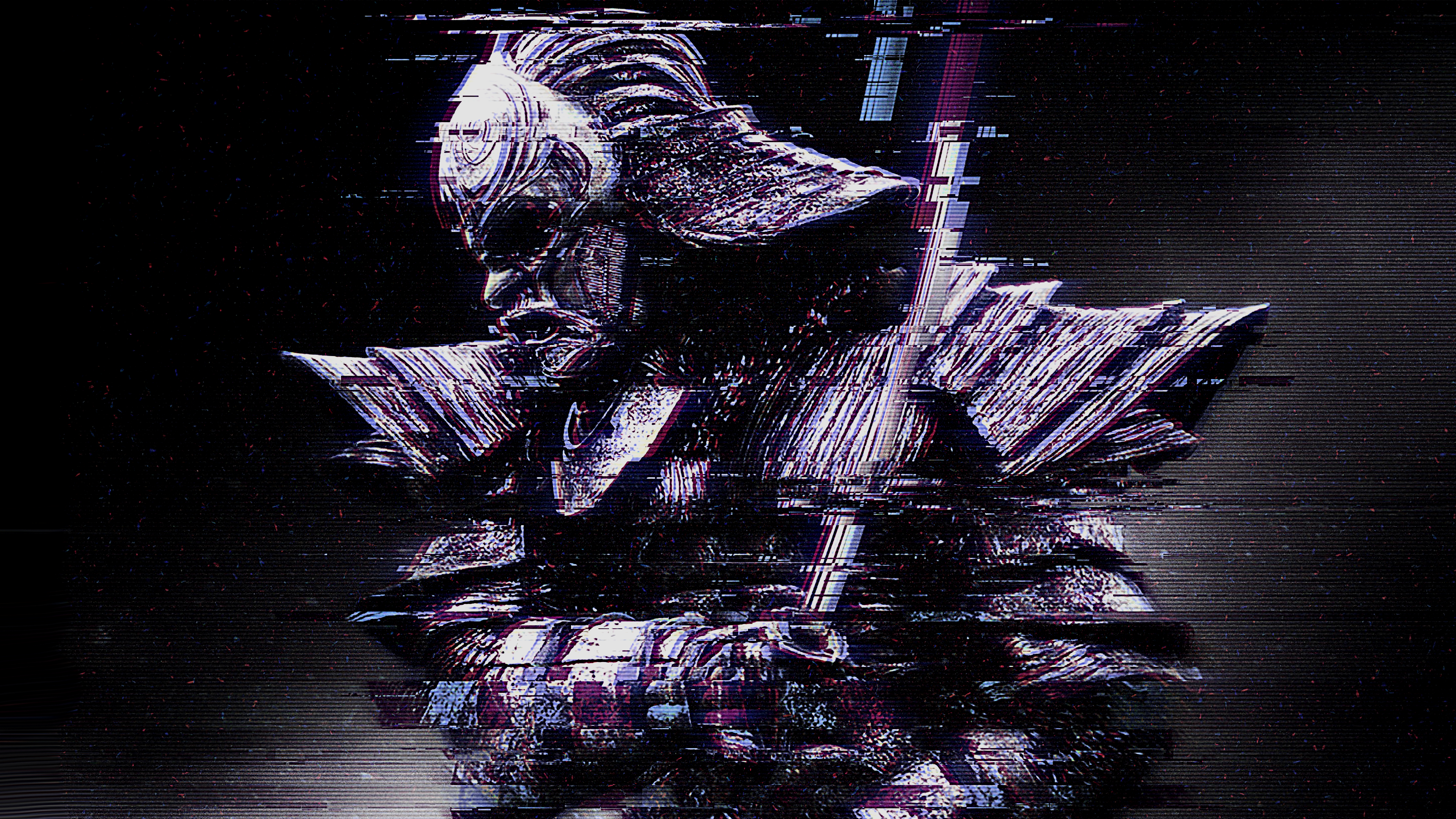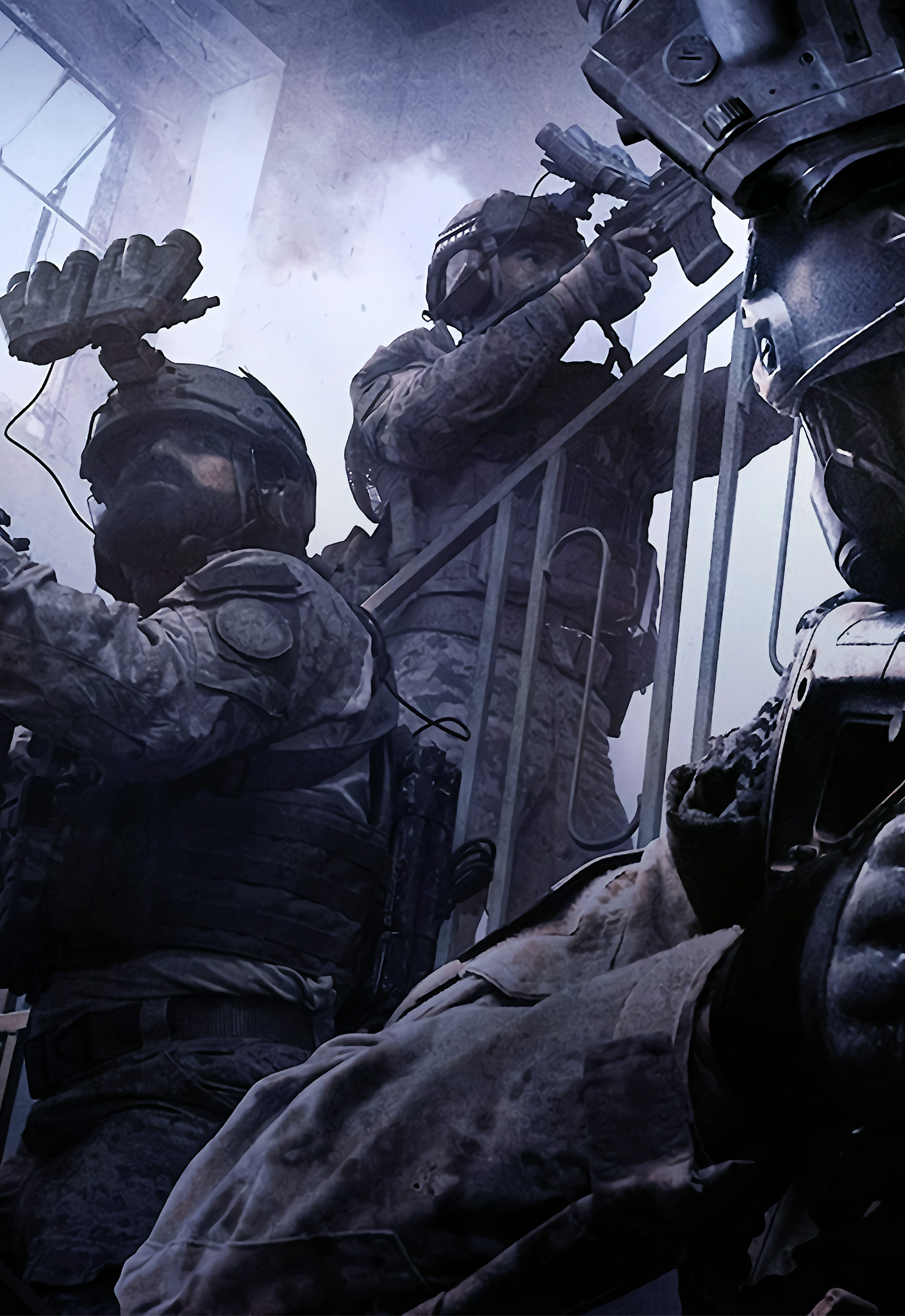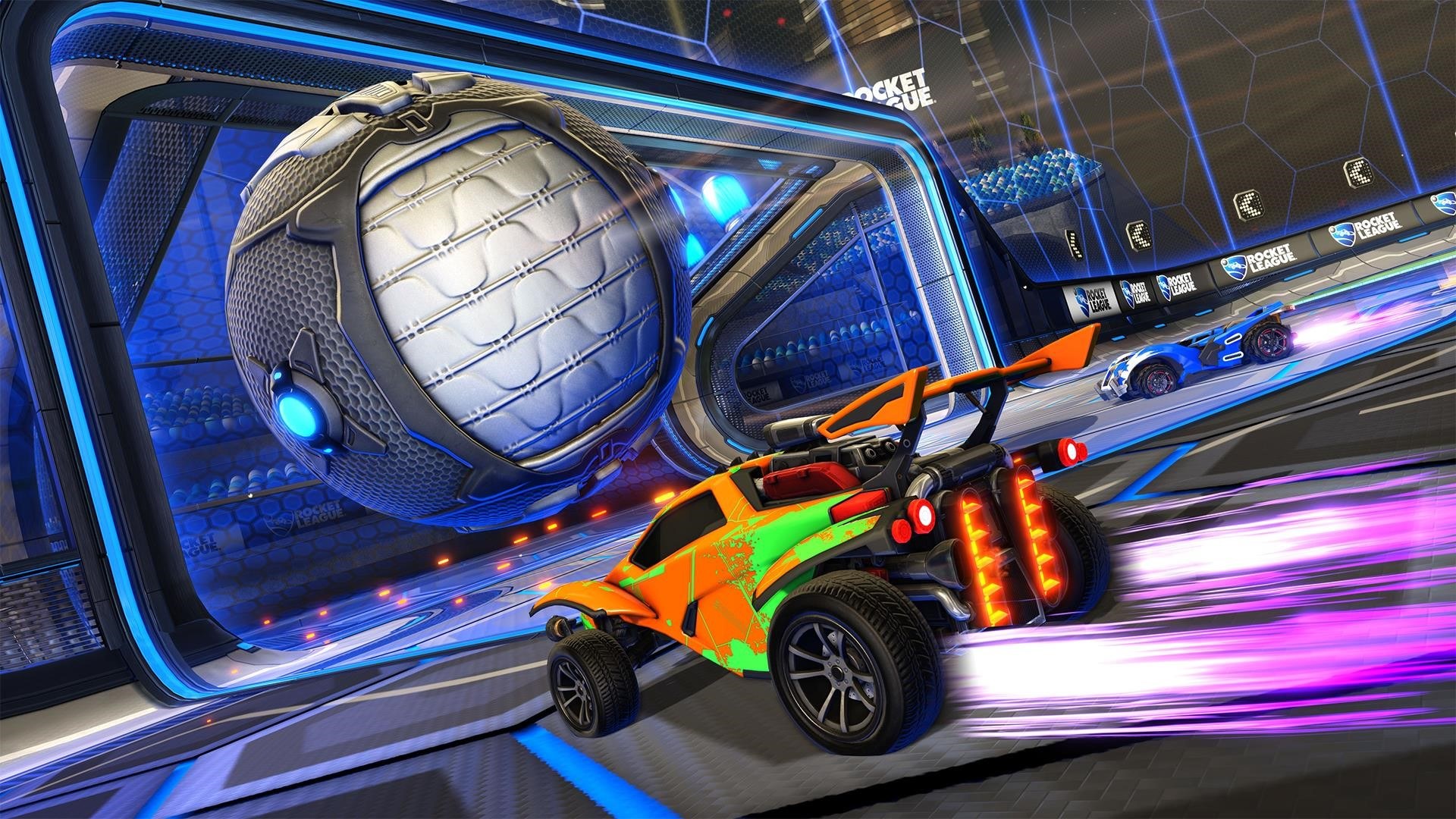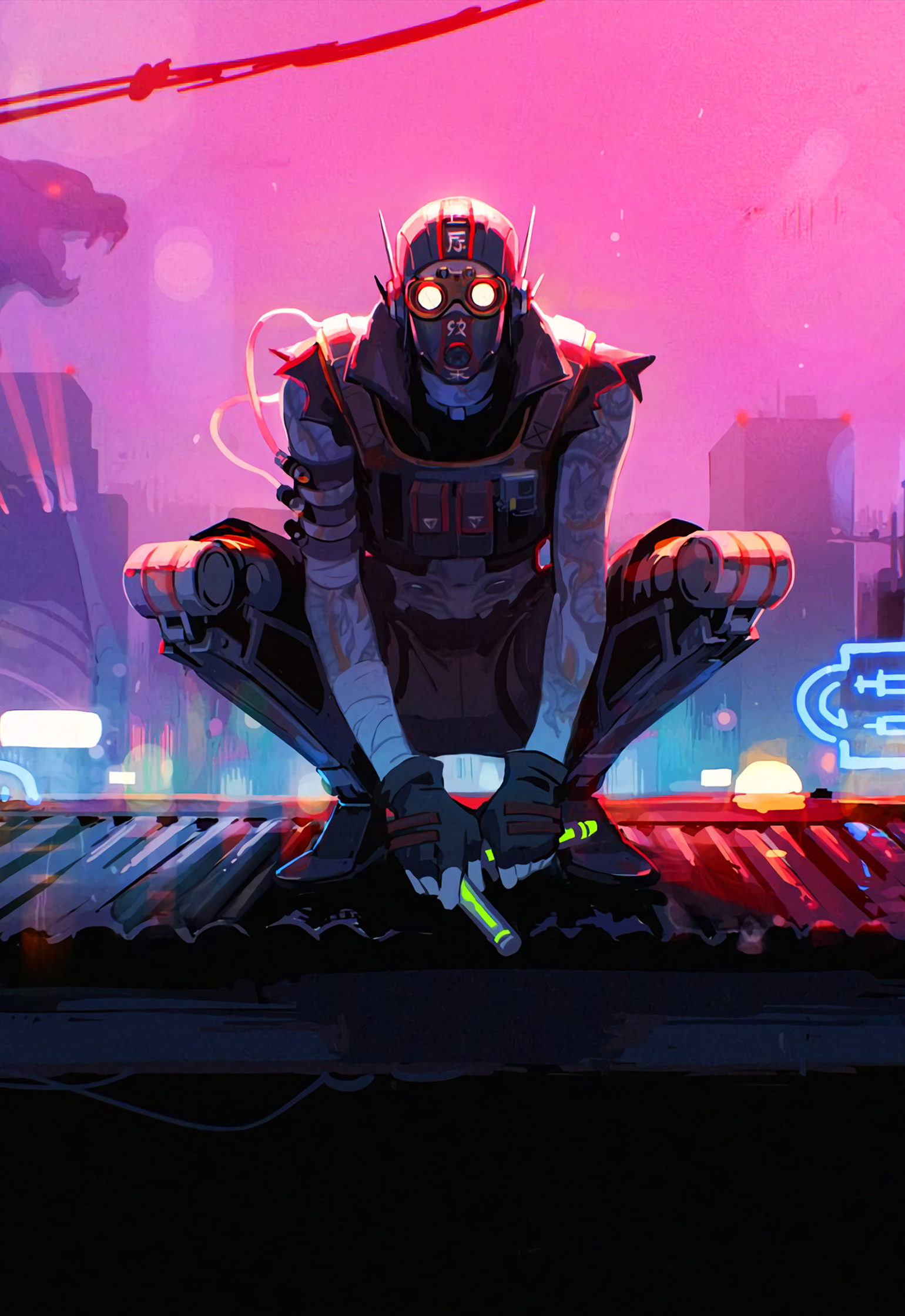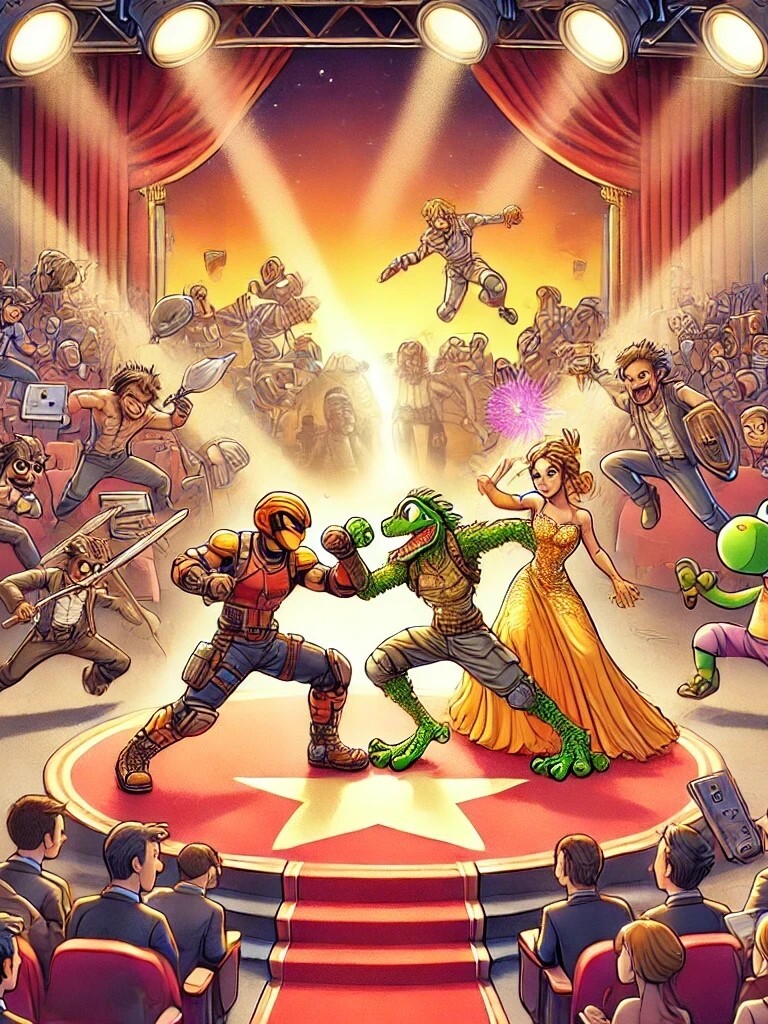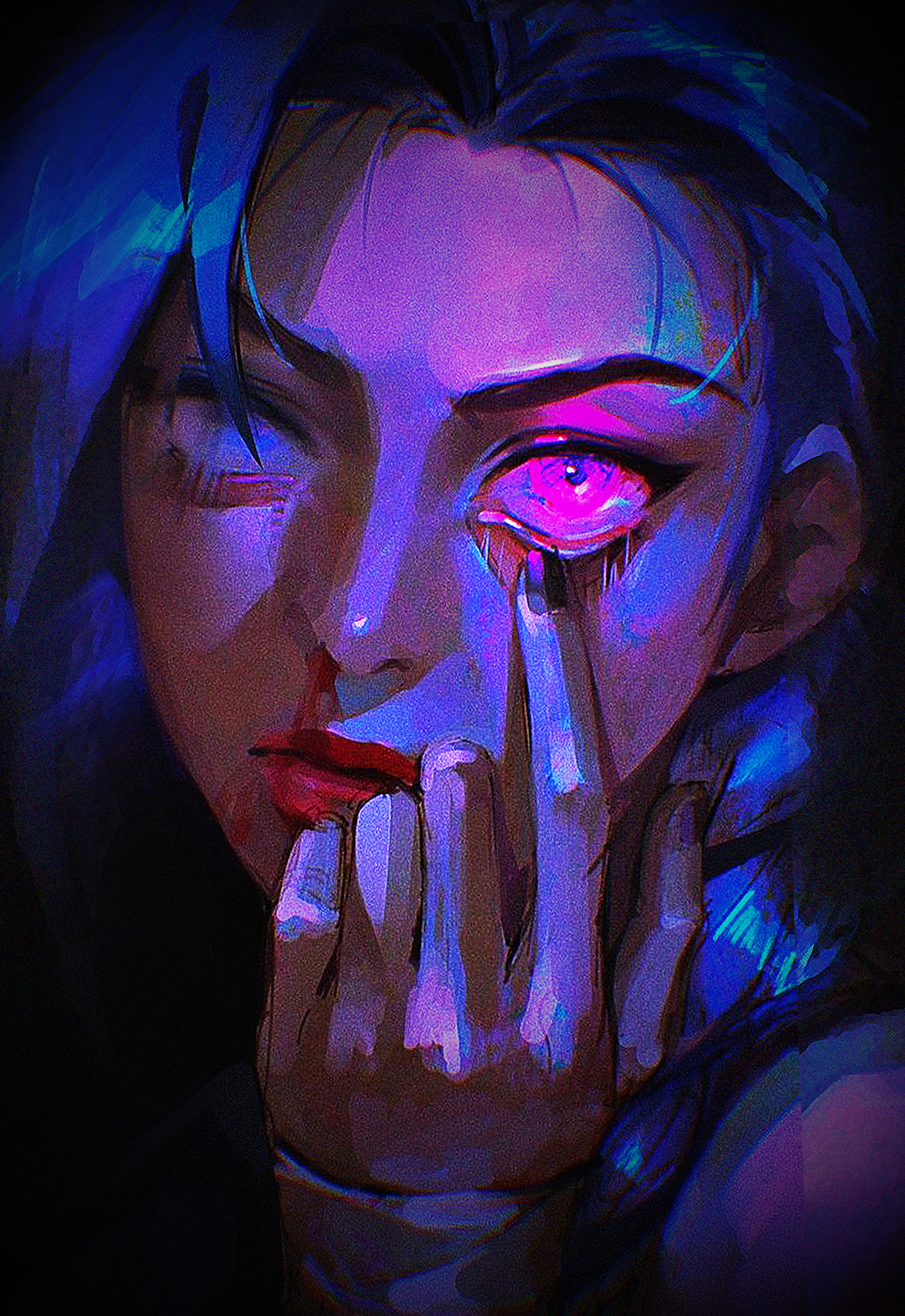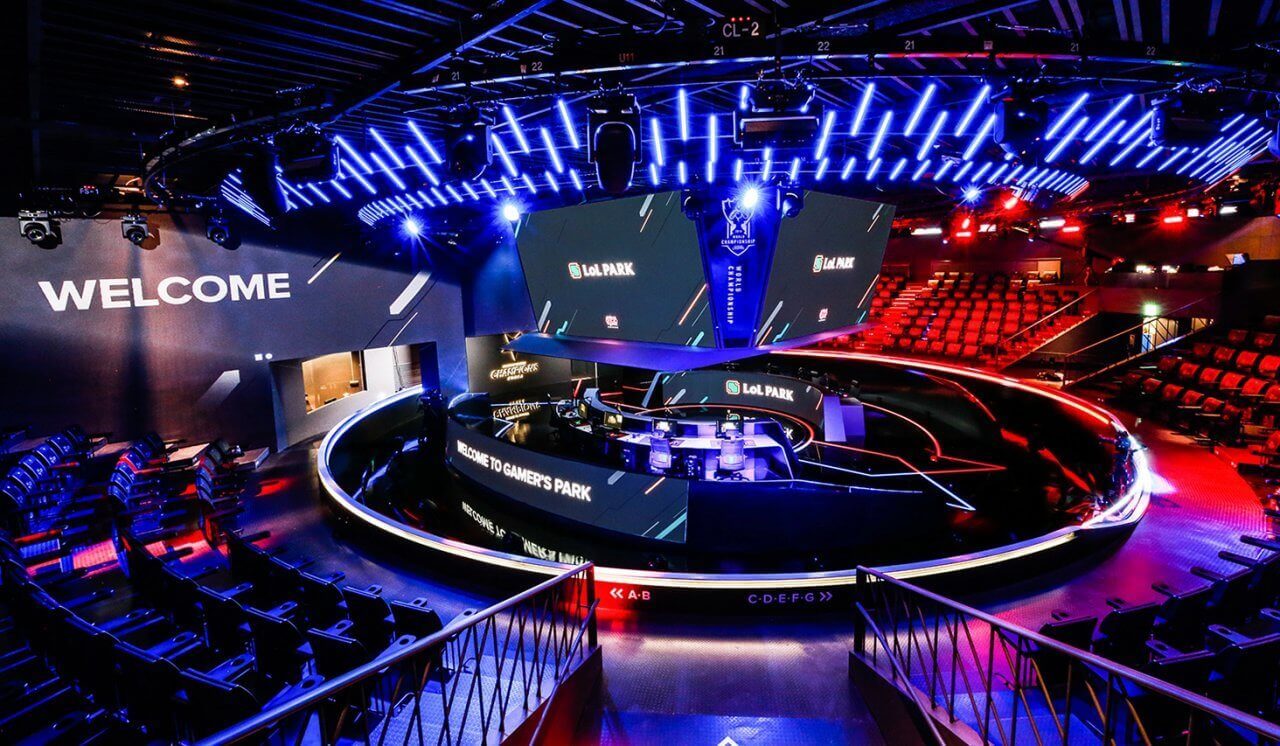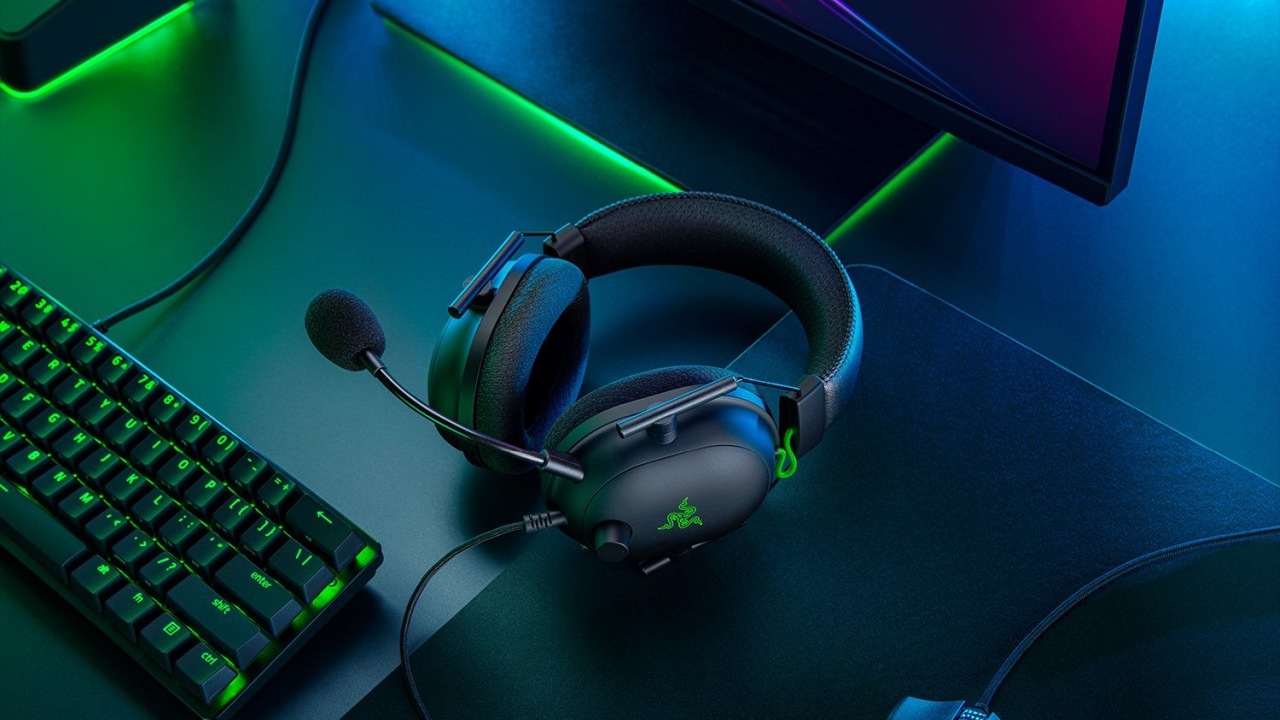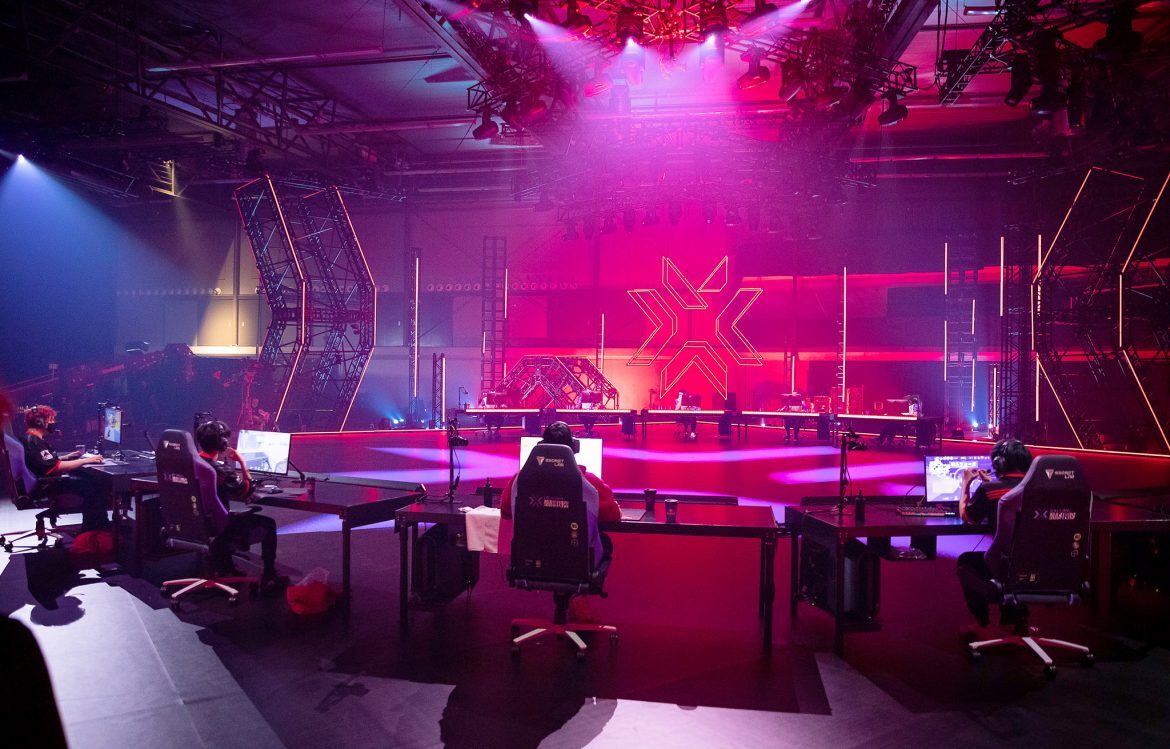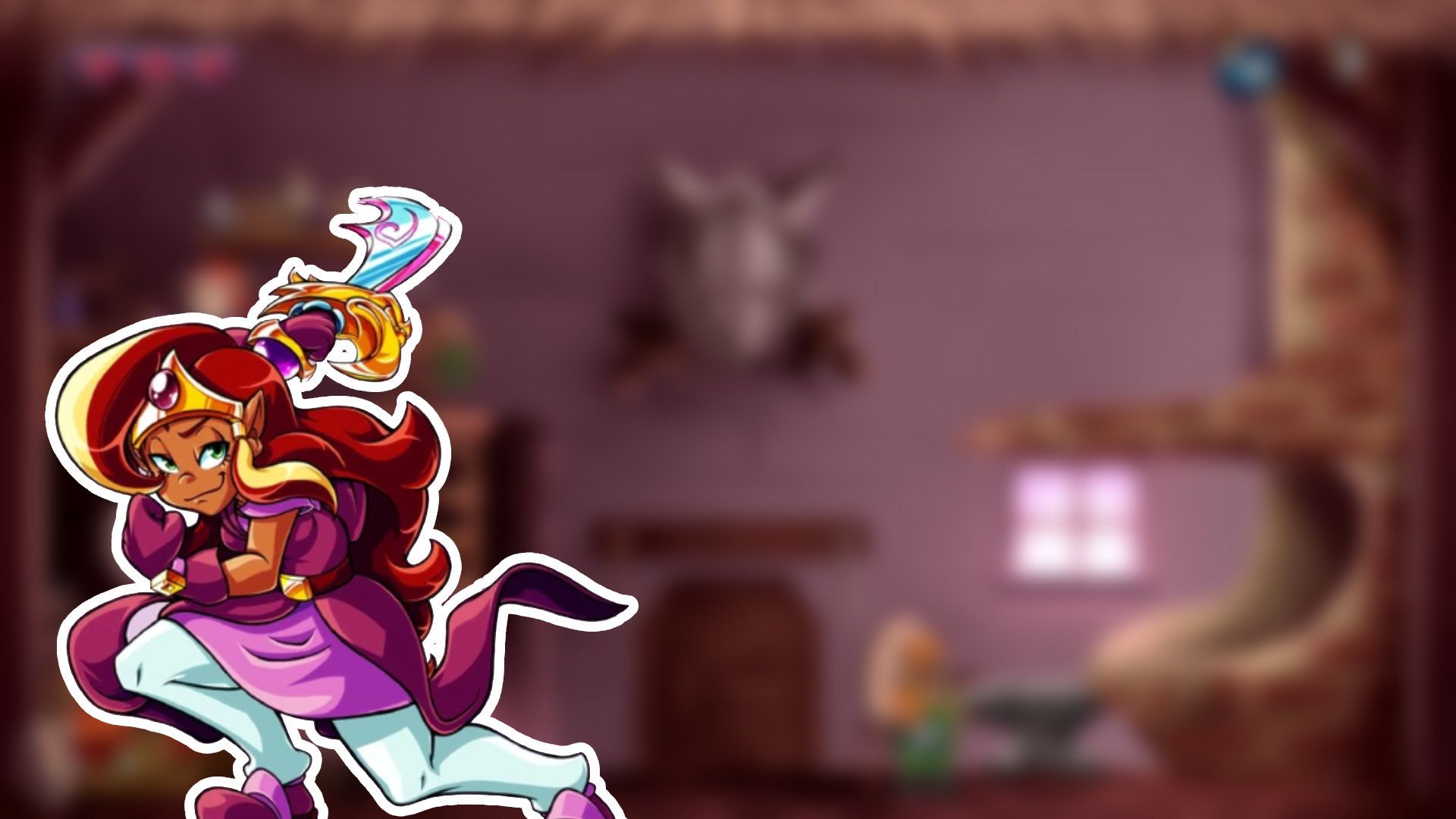When a game becomes beloved for its shortcomings.
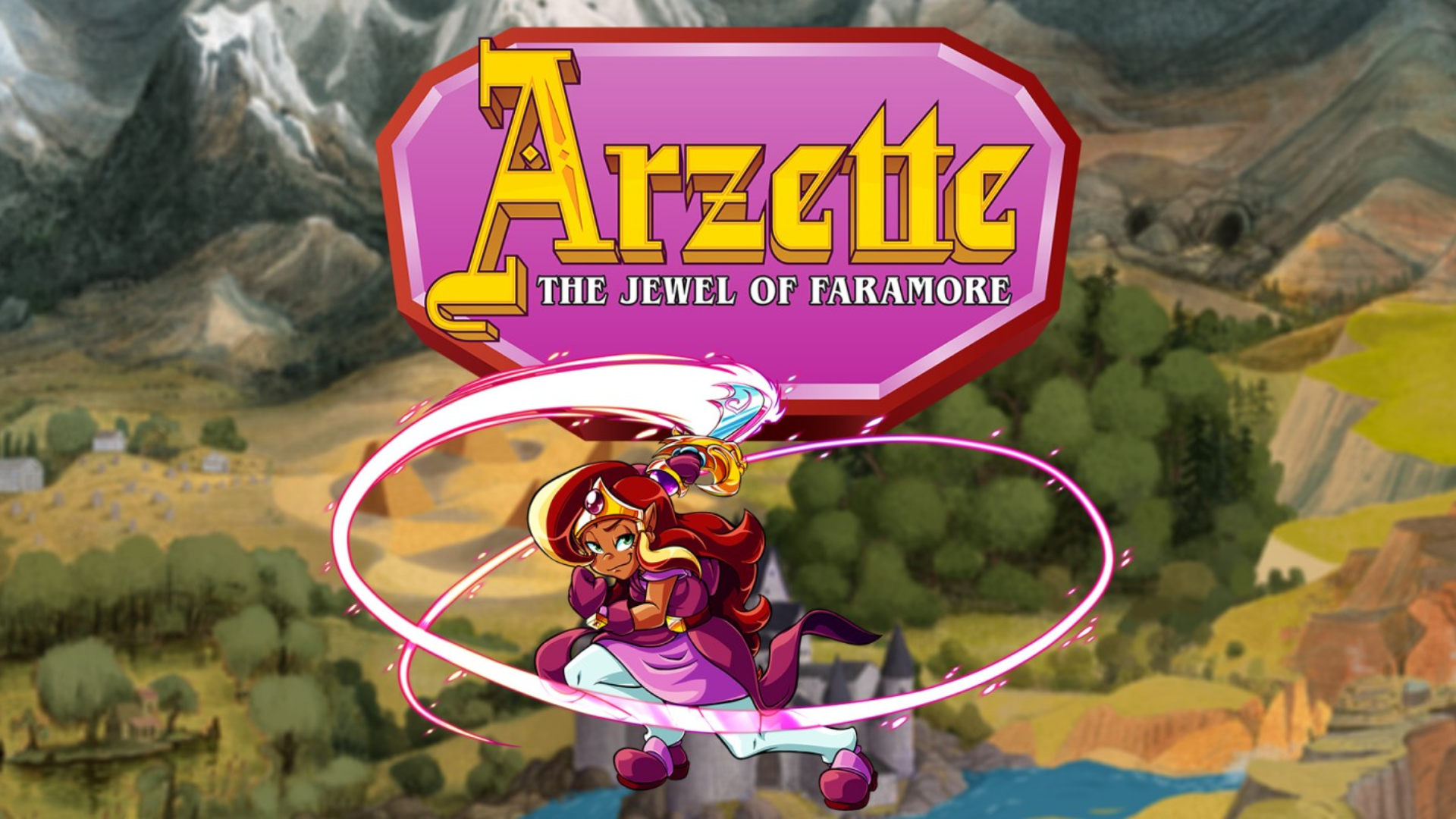
From the wide selection of critically acclaimed and commercially successful The Legend of Zelda games, Link: The Faces of Evil and Zelda: The Wand of Gamelon stand out in infamy for their obtuse level design, terrible controls and – most importantly – presentation peculiarities.
Long after their initial release in 1993, however, the latter has made the games a subject of countless jokes and parodies online, creating an ironically devoted fanbase – one Nintendo has never dared to capitalize on. The fans themselves, however, have proven more than willing to.
Oh My Goodness, This Is Awful!
The story of why the CD-i Zelda games ended up the way they were is fairly well-known by now, which is why we'll only provide a brief recap here: Nintendo entered into a partnership with Sony to produce an add-on for the upcoming SNES system, which would allow for the games to be stored on CDs instead of cartridges, allowing for larger file sizes, better audio and video capabilities to include cutscenes.
Nintendo then went on to unilaterally terminate the deal (eventually leading Sony to develop their planned add-on into the PlayStation system) to partner with Philips instead. When they later cancelled that contract as well, as compensation they allowed Philips to use some Nintendo characters for games on the company's own CD-i system.
Since the CD-i was never explicitly designed for video games, plus Philips only having limited rights to the franchises and giving inexperienced developer Animation Magic a short deadline and low budget as well as Nintendo exercising little oversight over game development, the final products of this experiment – Link: The Faces of Evil (1993) and Zelda: The Wand of Gamelon (1993) – became infamous for simply feeling... off-putting.
I Just Wonder What [Fulkerson] Is Up To...
Janky animations, seemingly directionless voice acting, their odd status as 2D sidescrollers, and their disconnect from the broader Zelda mythos made them perfect fodder for early internet reviewers and "YTP" parodies. But while the presentation helped the games garner an ironic cult following, the gameplay remained terrible.
That was, until developer Seth Fulkerson under the name "Seedy Eye Software" released two unofficial remakes of the titles for PC in November 2020 (not the first time for the Zelda series). With various quality-of-life improvements and gameplay refinements, Fulkerson proved that behind the flawed execution was a truly charming vision – one which Nintendo would hate for the world to see.
So, to profit from his work without risking a cease-and-desist notice, Fulkerson decided to develop a completely original game, which would then emulate the CD-i titles' general gameplay and animation style with fresh characters and settings. This premise would finally culminate with Limited Run publishing Arzette: The Jewel of Faramore in February 2024.
Squadala! We're Off!
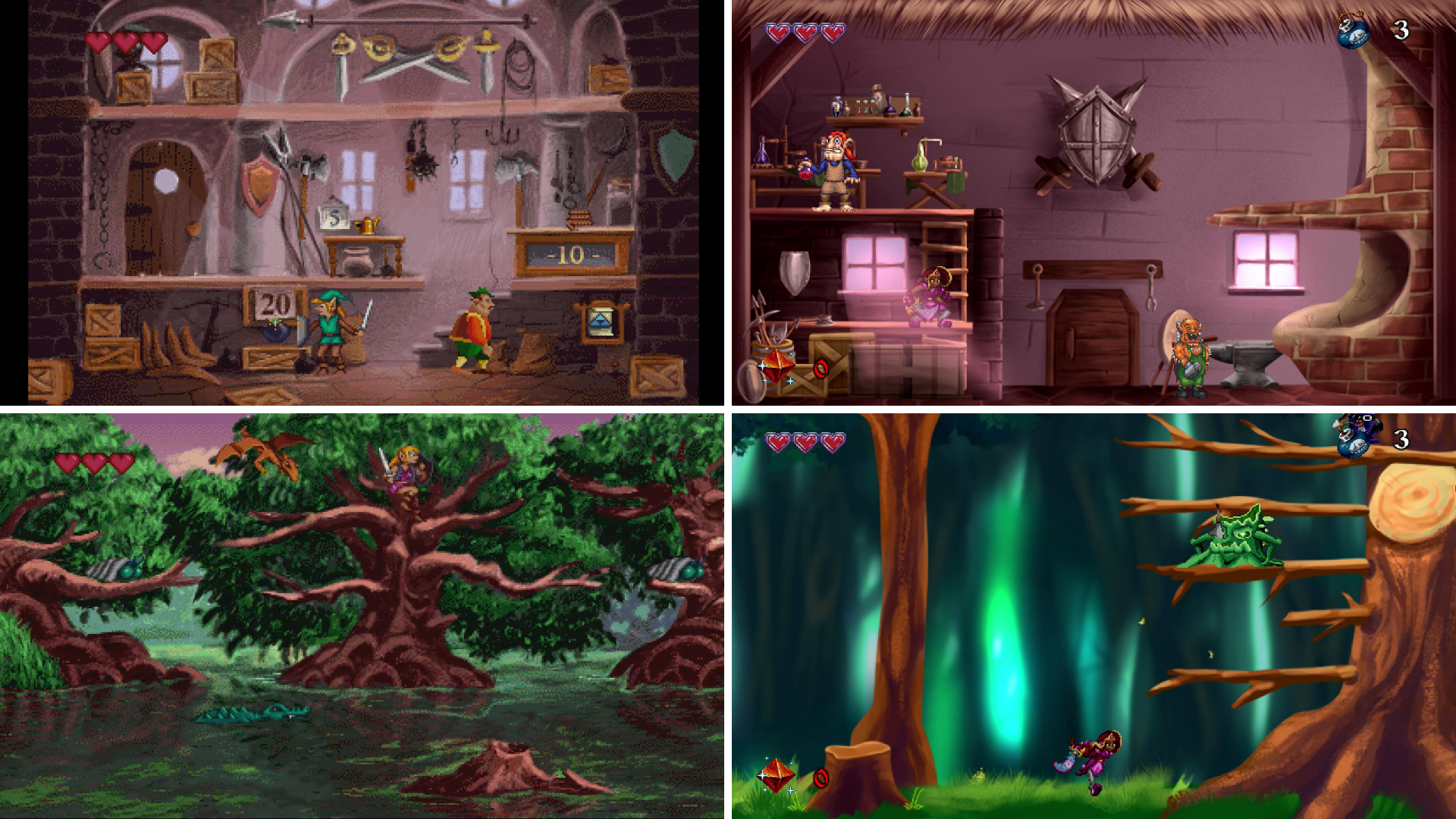
The title features the titular Princess Arzette running, jumping, sword-slashing and item-throwing her way through various handdrawn levels set in the kingdom of Faramore, encountering many wonderfully weird NPCs and fighting the minions of demon king Daimur along the way.
Storywise, Arzette is set ten years after its own version of the events of the CD-i games; for example, Daimur had been sealed in the Book of Oakurin, like Ganon had been in the Book of Koridai at the end of Faces of Evil. Now however, he has been freed again, prompting Arzette to search for the shards of the Jewel of Faramore which would allow her to defeat him.
Aside from obvious similarities in terms of story, presentation and gameplay, Arzette pays hommage to its template titles by including some overlapping voice talent, like Jeffrey Rath and Bonnie Jean Wilbur (voice actors for Link and Zelda on CD-i). There is even a stage based on the gameplay of Hotel Mario, another infamous Animation Magic game for the system!
You Want It? It's Yours, My Friend!
Upon its release, Arzette: Jewel of Faramore received praise for how faithfully it was able to replicate the unique, scrappy charm of Link: The Faces of Evil and Zelda: The Wand of Gamelon while providing its own original ideas in an actually playable and fun experience.
The main points of criticism levied against the product were less based on technical shortcomings, but more so on conceptual issues of the self-proclaimed "interactive animated adventure" genre, like lacking signposting and an art style that takes some getting used to.
While a potential sequel to Arzette was teased in the game's post-credits cutscene, the release seems to have had little effect on the overall negative reception of the games it follows up. Nintendo still has never recognized the existence of any of their Zelda games on CD-i, meaning games like Arzette are likely our best bet to ever see this style perfected.
